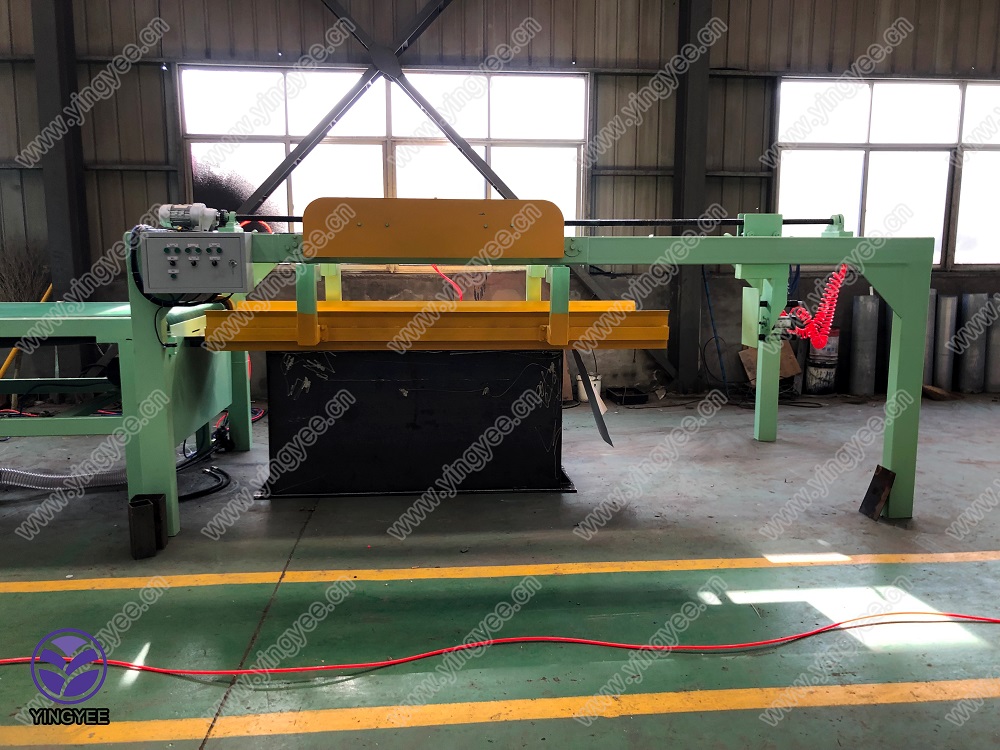
The Rolling Machine A Versatile Tool for Modern Industries
In today's fast-paced industrial landscape, efficiency and precision are paramount. Among the many innovations that have emerged to meet these demands, the rolling machine stands out as a versatile and essential tool across various sectors. This machine, designed for the shaping and processing of materials, has transformed the way industries handle metals, plastics, and more.
At its core, a rolling machine operates by deforming materials through compressive forces. It typically consists of a series of rollers that exert pressure on the material as it passes between them. The outcome is a desired thickness or shape, depending on the application. The rolling process can be applied to both hot and cold materials, making it suitable for a wide range of applications, from manufacturing steel sheets to producing intricate ring components.
One of the most significant advantages of rolling machines is their ability to produce high volumes of uniform products. In industries where consistency is key—such as automotive, aerospace, and construction—the rolling machine ensures that each piece meets stringent specifications. This not only improves product quality but also reduces waste, as the precision of the machine minimizes the need for reworking or scrapping defective items.

Additionally, rolling machines are known for their efficiency. With advanced technology, modern machines can operate at increased speeds while consuming less energy. Automation and computer numerical control (CNC) systems have enabled manufacturers to streamline their processes, allowing for quicker setup times and reduced labor costs. As a result, businesses can respond more rapidly to market demands, producing large quantities of materials without sacrificing quality.
The versatility of rolling machines extends beyond just metalworking. Industries involving plastic, rubber, and even food processing benefit from the rolling process. For instance, dough sheeters in the food industry use rolling principles to create consistent and even layers of dough. Similarly, in the textile industry, rolling machines are utilized to create fibers and fabrics of varying thicknesses.
Moreover, environmental considerations have led to the development of more sustainable rolling machines. Manufacturers are increasingly focusing on energy-efficient designs and the use of recyclable materials. These innovations not only reduce the environmental impact of production but also help companies meet regulatory requirements and achieve sustainability goals.
In conclusion, the rolling machine is an indispensable asset in modern manufacturing. Its ability to deliver precision and efficiency across diverse materials makes it a crucial tool in various industries. As technology continues to evolve, the rolling machine will likely incorporate even smarter and more sustainable solutions, further enhancing its role in production. For businesses looking to improve their manufacturing processes, investing in advanced rolling machines can lead to significant benefits in quality, cost-effectiveness, and environmental sustainability. Ultimately, the rolling machine exemplifies the intersection of innovation and practicality, playing a vital role in the continual advancement of industrial capabilities.